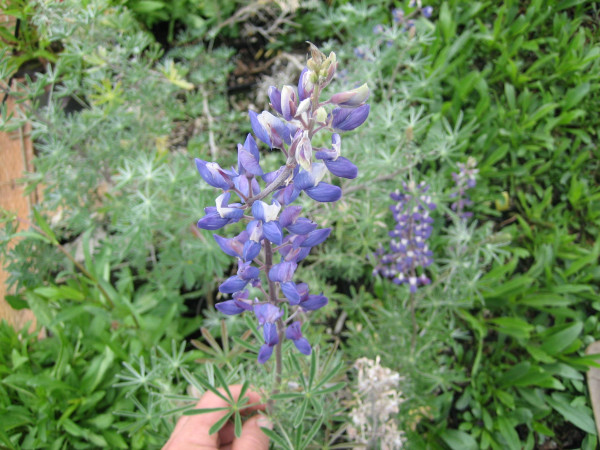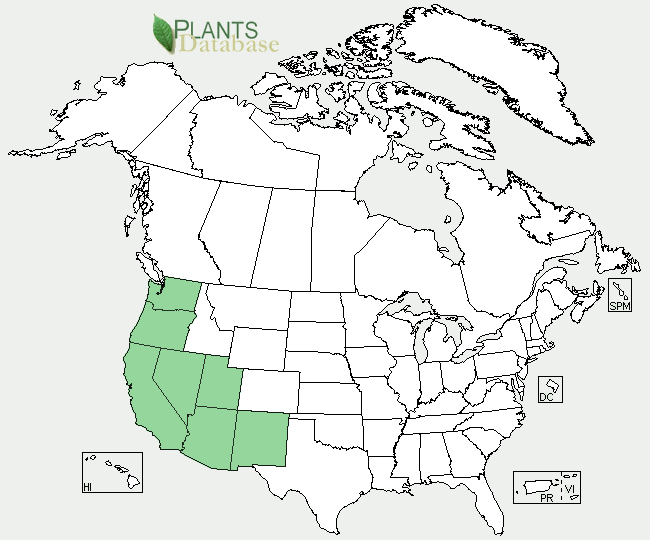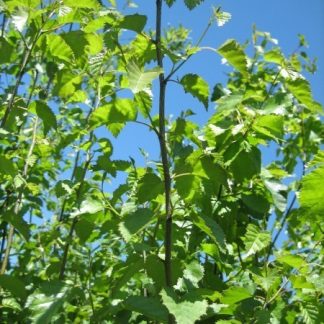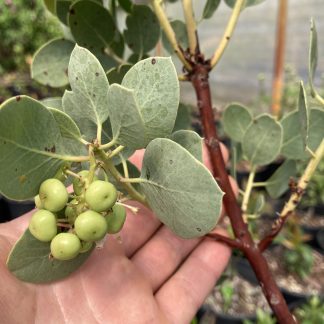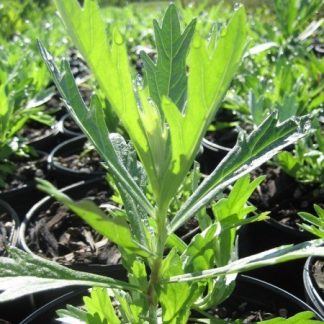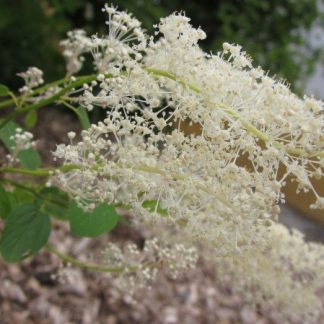Lupinus albifrons
silver bush lupine
Habit: a lupine with stunning silver-gray stems and evergreen foliage. Some of its woody stems are freely branching and grow somewhat horizontally next to the ground, while others raise upright in search of light. The leaves are palmately compound with 6-10 broadly lanceolate, long and silky leaflets. Young leaflets are silvery-green while older ones are light green. Leafstalks are about double the size of the leaflets. In early spring, the shrub is densely covered with beautiful flowers arranged in thick racemes, 3-12 inch-long. Individual flowers present different shades of purple or blue and have broad wings and banners. The fruit is a legume seed pod that bursts open when dry shooting the seeds in all directions.
Ecology: grows in open, sandy or rocky slopes and flats, mostly below 5,000 feet of elevation. It is found in the Willamette Valley and south through the Sierra Nevada Mountains and the California’s Coastal Range, reaching as far as Los Angeles County.
Growing conditions: enjoys sunny locations and fairly dry, well-drained soils. It tolerates occasional periods of drought. It is an excellent choice for planting next to benches or chairs in the garden, where its fragrant scent and the lovely sight of the flowers can be best enjoyed.
Silver bush lupine attracts birds, bees and butterflies, including the Mission Blue butterfly. This butterfly species was included in the Federal Endangered Species List in 1976. It has now a limited number of populations remaining in the coastal scrub of the San Francisco bay area where it had historically inhabited in greater numbers. Lupinus albifrons is one of the 3 lupines the Mission Blue utilizes as a host.
Specs
Evergreen Shrub
3.2-5 ft (1-1.5 m)
1-5 feet (0.3-1.5 m)
6-10

